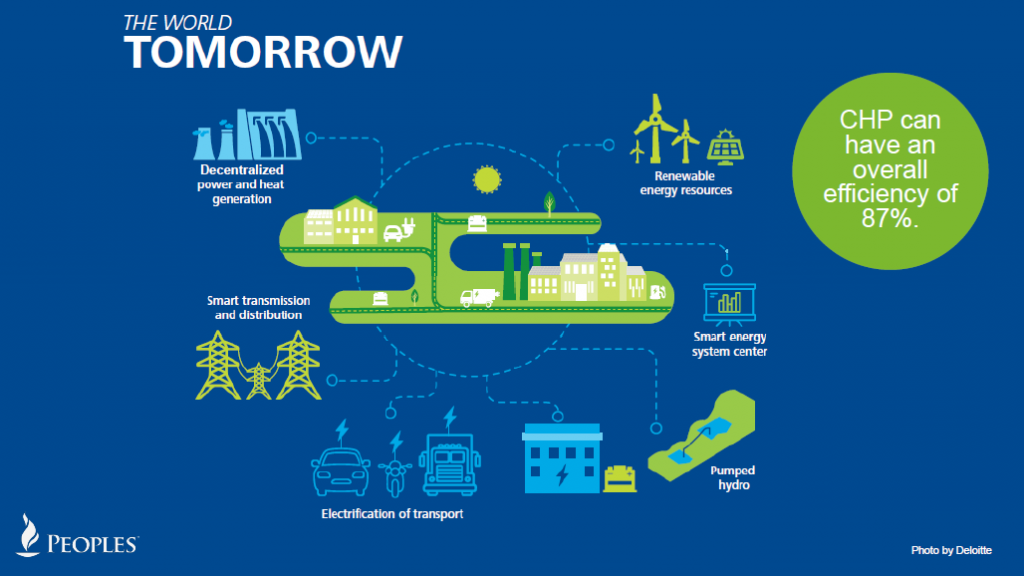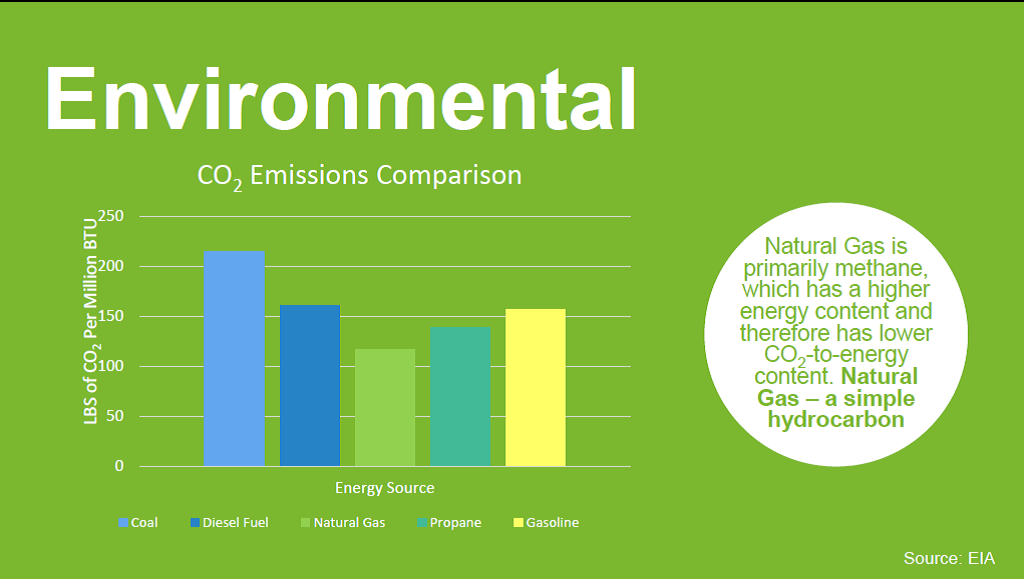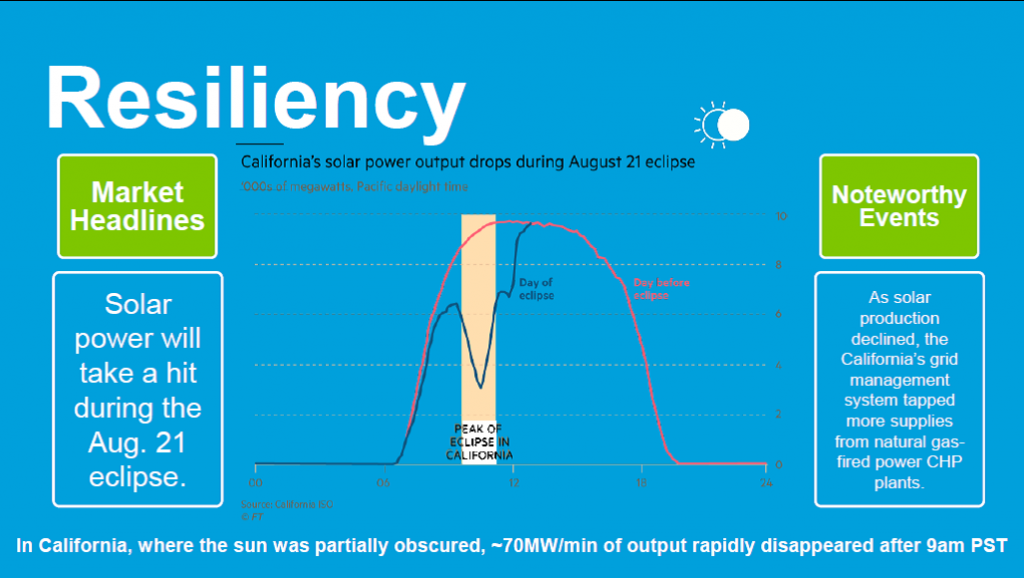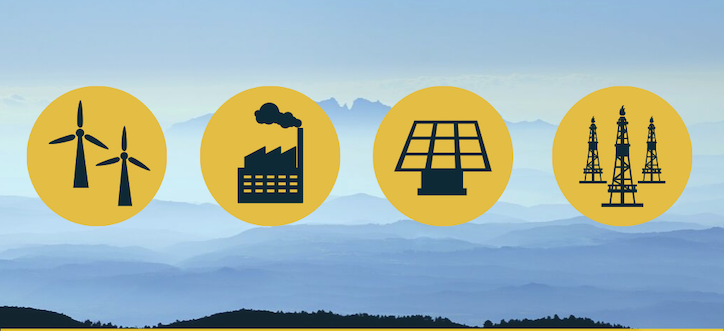
Utility companies have entered a new era, one that’s driven by consumer demand, powered by competition, and relies on our ability to act with resilience. Luckily, plenty of tools exist to help energy providers reach their economic, social and environmental goals in this new era, explains William Sapon, Clean Energy & Transportation Advisor of Peoples Natural Gas.
In BlastPoint’s info-packed webinar last Thursday, Sapon outlined the key methods his company uses successfully to lean into the future of energy and prioritize customer engagement, sustainability and profitability, all at the same time. Check out our recap of Sapon’s wisdom or catch the full webinar by clicking the button below!
Tomorrow’s Trends, Already Under Way
Energy providers must reframe their thinking as the world moves toward the future of energy. Doing so encompasses consideration of five current power trends:
- The electrification of large sectors of the economy, such as transportation and alternative fuel vehicles has already begun to shape customer buying habits, and it’s shifted the energy provider conversation to how to strengthen infrastructure and while lowering greenhouse gas emissions.
- Decentralization is an essential element to what’s allowing customers to be more active in the energy ecosystem. Key technologies beyond traditional fossil fuels that are available include Combined Heat and Power, micro grids, wind and solar. These often work in tandem with one another, acting as complements in a collective effort to achieve higher energy efficiency.
- Digitalization is the fundamental component of this new energy era’s digital grid. It includes smart metering, mobile apps, remote control and automation, internet of things (interrelated computing devices and machines); all components to driving higher customer engagement.

- Decarbonization comes down to sustainability. It’s about reducing greenhouse gas emissions, and more and more, it’s becoming an integral part of customer and commercial decision-making.
- Democratization is the result of customers wanting more say in where their energy is coming from; that energy being spread across multiple sources, such as natural gas, wind, solar, coal and nuclear; and more providers having the chance to participate in the energy marketplace.
How Do Data Visualizations Drive Business?
Data visualizations tell stories that deliver meaningful messages in ways that spreadsheets and reports just can’t. Bar graphs, flow charts and pie charts, full of color and bold labels, make whatever case you’re presenting much more persuasive and digestible for your audience. This holds true for investors, customers and everyone in between.
Visual storytelling with data can make dramatic impacts to the ways in which business leaders make economic decisions. And they can plainly demonstrate things like energy efficiency of different innovations, a region’s vulnerability to natural disasters, or cost savings between varying technologies in order to educate consumers.
In our webinar, William Sapon cited examples like the chart below, which compares natural gas, coal, diesel and gasoline, in an effort to illustrate the surprising differences in carbon emissions from each fuel source.

And this example of the way the electricity grid would need to step in to support California’s power demands during a total solar eclipse that the utility knew would make rooftop solar panels across the state go dark!

Leading-Edge Technology You Can Harness Today
Sapon outlined a lot of advancements in energy technology that are being utilized right now, but two that we found particularly intriguing are Combined Heat and Power (CHP) and Renewable Natural Gas.
Combined Heat and Power systems create heat and electricity at the same time. According to Sapon, CHP “really fits the triple bottom line format.” Elements of traditional power combine with new technologies to meet the social, economic, and environmental demands that both businesses and consumers share during this time of transition.
Renewable Natural Gas, or Sustainable Natural Gas, is a bio-gas that’s sourced from methane. And where does that methane come from? Landfills! That’s right. Garbage is being turned into energy to heat homes and power vehicles.
These nuggets hardly scratch the surface of all the thought-provoking information shared during the webinar, so we invite you to check out the full recording when you have an hour to spare. We guarantee you will learn a lot! Many thanks to William Sapon and Peoples Natural Gas for joining us to share your insights and wisdom! For more information, visit their website Peoples Gas Delivery.

